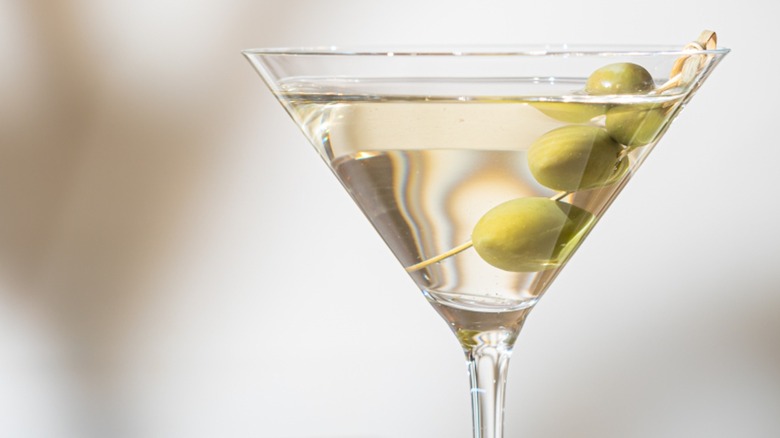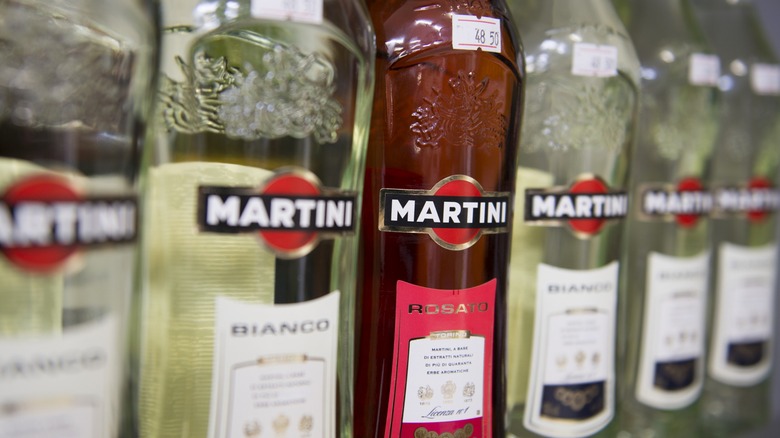Why America Has Been Slow To Embrace Bianco Vermouth
If you go to a bar, you'll likely recognize a few classic alcoholic mainstays: vodka, tequila, rum, whiskey, gin. Basically, anything that mixes well in your drink — or works as a shot. However, there's one alcohol that's less likely to be at the top of your list. Bianco vermouth — a semi-sweet fortified white wine — is not as immediately recognizable as other forms of alcohol. For that, however, you don't have yourself to blame. Instead, you can look at the drink's market.
"Bianco is the biggest style of vermouth in the whole world," cocktail and spirits educator Philip Duff told Tasting Table. "And its worst market is the U.S.A." According to Duff, bianco vermouth historically hasn't been popular in America simply because companies aren't pushing it. "It's a circular thing," explained Duff. So, when vermouth companies don't push the semi-sweet alcohol, it doesn't sell. This, in turn, results in even less marketing for it.
And that's why bianco vermouth is still relatively unknown rather than at the top of the drink chain in the U.S. Yet, there are a few places where this style of fortified wine has long been in the spotlight, whether mixed into a Cuban El Presidente cocktail or as a derivative of a Manhattan. Outside of America, bianco vermouth has definitely had its moment — and in multiple countries, too.
Other countries have embraced semi-sweet vermouth
If you leave America, you're far more likely to encounter semi-sweet vermouth, whether in cocktails or straight. "Everywhere else, bianco [vermouth] dominates," said Philip Duff. "Until last year, the most vermouth drinking country in the world — which drank the most bianco in the world — [was] actually Russia." Indeed, Russia has long imported vermouth of all styles. In 2021, the country imported more than $30 million in vermouth, according to OEC data.
As a major martini ingredient, dry vermouth has been particularly popular. As of 2014, Russia was the Italian spirit brand Martini's most important export market, according to Drinks International. However, bianco vermouth has paved its own path, both in Russia and in its countries of production; Spain, Italy, and France each make their own vermouths and have embraced bianco wholeheartedly, both as an apéritif and as an accompaniment in mixed drinks.
Granted, bianco vermouth still has a ways to go in America. Vermouth brands like Cucielo have been pushing for America's adoption of the fortified beverage, which merges semi-sweet white wine with an assortment of different botanicals and herbs for a complex and variable flavor. Only time — and taste — will tell how America responds to the semi-sweet herbal drink.

